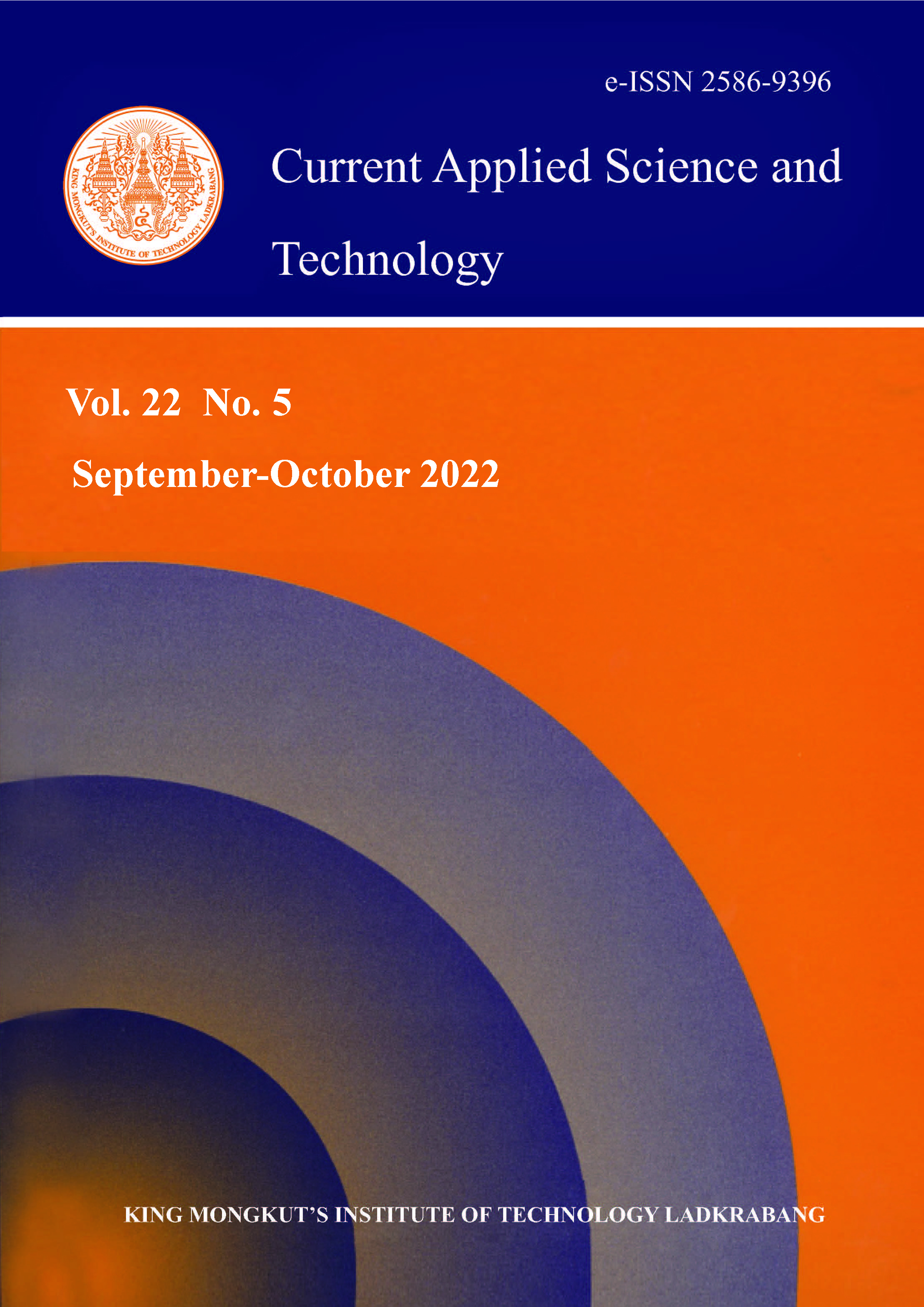Strain FM11-1 was isolated from flowers of Solanum torvum that were collected in Nakhon Si Thammarat Province, Thailand and was characterized using a polyphasic approach as Gram-positive, facultatively anaerobic with short chains and catalase-negative cocci. This strain produced L-lactic acid from glucose and was closely related to Enterococcus durans NBRC 100479T, Enterococcus faecium NRIC 1145T, Enterococcus hirae ATCC 9790T, Enterococcus lactis LMG 25958T and Enterococcus ratti DSM 15687T (98.92-99.73 %) based on 16S rRNA gene sequence similarity. The draft genome of strain FM11-1 had 2,784,928 bp and contained 2,586 coding sequences, with a genomic G+C content of 38.07 mol%. Values of ANIb, ANIm and digital DNA-DNA hybridization (dDDH) between strain FM11-1 and the closest strain, E. lactis LMG 25958T were 97.23%, 98.30% and 83.7%, respectively. The predominant cellular fatty acids were C19:0 cyclo w8c and C16:0. This strain was identified as Enterococcus lactis using polyphasic characterization and genome analysis. Strain FM11-1 contained genes involved in carbohydrate fermentation and specialty genes of antibiotic resistance. This strain showed adhesion ability (0.43±0.11) on Caco-2 cells but had no cytotoxicity against Caco-2, HepG2 and Vero cells.
Keywords: Enterococcus lactis; flower; genome analysis; polyphasic taxonomy; probiotics
*Corresponding author: Tel.: (+66) 2-2188376 Fax: (+66) 221883761
E-mail: Somboon.T@chula.ac.th
Nuhwa, R. ., Tanaka, N. ., Shiwa, Y. ., Fujita, N. ., Sitdhipol, J. ., Chaiyawan, N. ., Savarajara, A. ., & *, S. T. . (2022). Characterization, Genome Analysis and Probiotic Properties of L-Lactic Acid Producing Enterococcus lactis FM11-1. CURRENT APPLIED SCIENCE AND TECHNOLOGY, DOI: 10.55003/cast.2022.05.22.012 (15 pages). https://doi.org/10.55003/cast.2022.05.22.012


https://cast.kmitl.ac.th/doi/10.55003/cast.2022.05.22.012